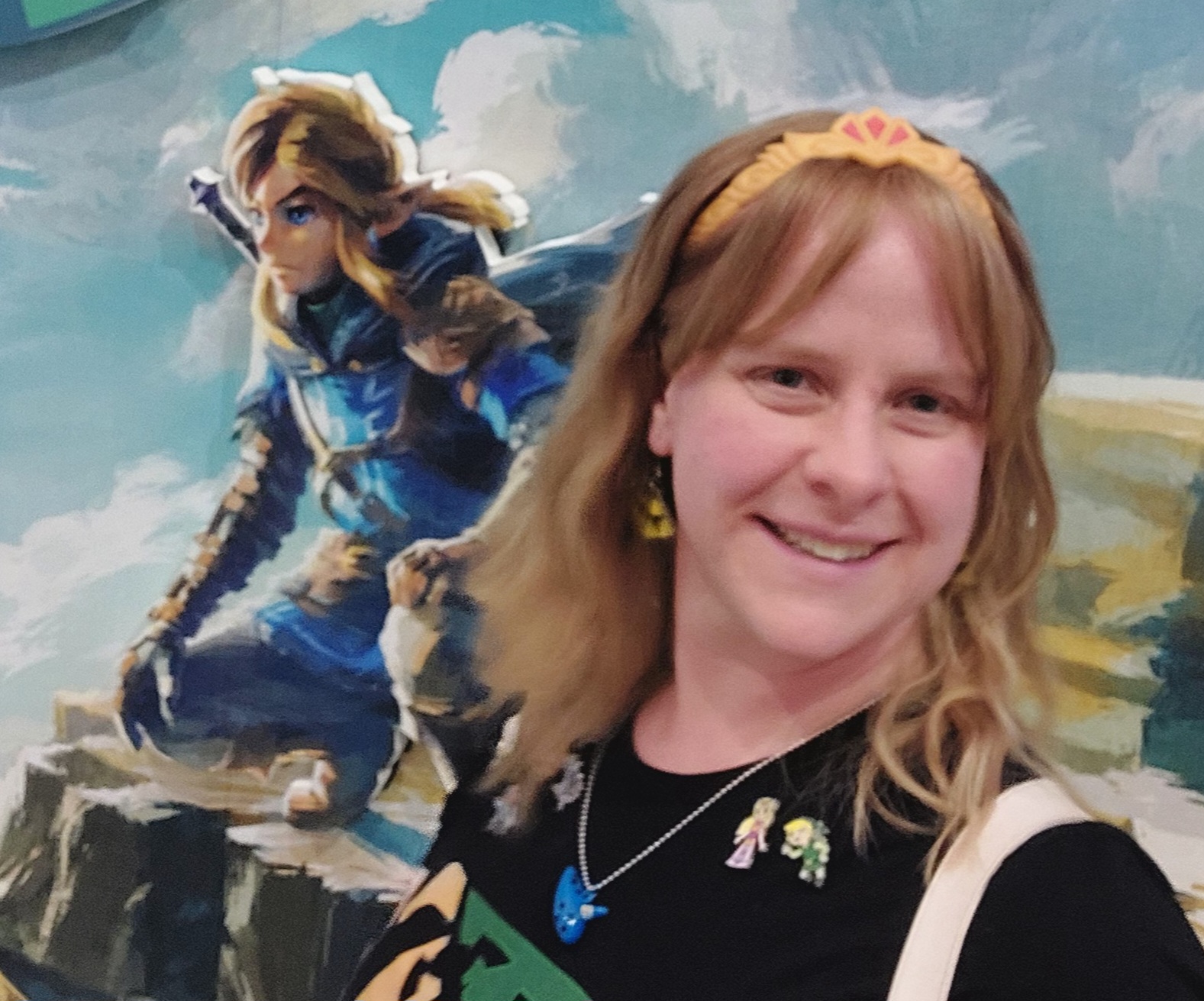Tears of the Kingdom Developers Discuss the Challenges of Programming a Physics-Based World
Posted on March 22 2024 by Leslie Jacobson

Tears of the Kingdom boasts an impressive array of possibilities for players to create just about anything. Players may not think so much about the mechanics behind how it all works, but many in the gaming industry have recognized Tears for its technical marvels that allow players to let their imaginations run wild.
Recently, three Tears of the Kingdom developers discussed how they decided on this main mechanic and its unique challenges at a panel at the Game Developers Conference. Senior Director Takuhiro Dohta, Sound Programmer Junya Osada, and Physics Programmer Takahiro Takayama discussed “multiplicative gameplay,” the philosophy where “action and objects come together to create countless possibilities.” This concept eventually led to the idea of sticking things together and the development of the Ultrahand ability.
The full presentation is available right here.
It was not an easy road to get there, however, as reported by IGN:
Nintendo shared early glitchy prototypes like throwing a stone onto a cart and horse, causing it to zip straight into the air. Takayama said the freedom Ultrahand offered caused chaos in Hyrule during development: “I would hear things like, ‘It broke! It went flying!’ And I’d respond with, ‘I know! We’ll deal with it later!’”
The solution to many of the issues Nintendo faced was to remove all non-physics items and make everything physics-driven. One example of this is gates, which were originally not physics-driven, making it difficult to navigate while using Ultrahand. So, Nintendo changed how gates function to fix the issue.
Another important guiding theme for developers was that, “rather than creating something fun, [they] wanted to create a spontaneous system that makes fun things happen.” One example that the developers shared about was the vehicle system. Players can create vehicles in Tears of the Kingdom by simply attaching wheels and steering sticks to just about anything else in the world. It took all staff working together to make sure the vehicles functioned well first, and the artists designed the looks afterward. The developers discussed the importance of having designers and artists on board with the vision and discussed how they all worked together to bring the world to life.
The sound design also had this “make fun things happen” philosophy:
Just like the design philosophy for the rest of the game, sounds in Tears of the Kingdom play in a system without dedicated implemenation, and in some cases abstract sounds combine to create something entirely new. For example, there is no dedicated wagon sound or paddle boat sound, these sounds are created by the wheels rolling or rotating on the water, with the quality changing based on the size, shape, and material. Osada said, “It’s making sounds that I have no memory of creating! Even the director told us, ‘This is basically a physics engine for sound, isn’t it?’”
This glimpse into the efforts behind Tears of the Kingdom is truly fascinating and not something most players even think about. They’re too busy making their next hoverbike modifications.
You can watch the full presentation right here.
How often do you think about the physics involved in Tears of the Kingdom? What do you think of developers discussing their design philosophies? Let us know in the comments!
Source: Game Developers Conference 2024 (via IGN)
Editor’s Note: This article has been edited to include links to the full GDC presentation.

Leslie is a mom, a cosplayer, an educator, and a fervent fan of The Legend of Zelda series. She lives in an area of the United States that reminds her of the Akkala region in the fall and Hebra the other 11 months of the year. She owns The Legend of Zelda t-shirts older than most of her students.



